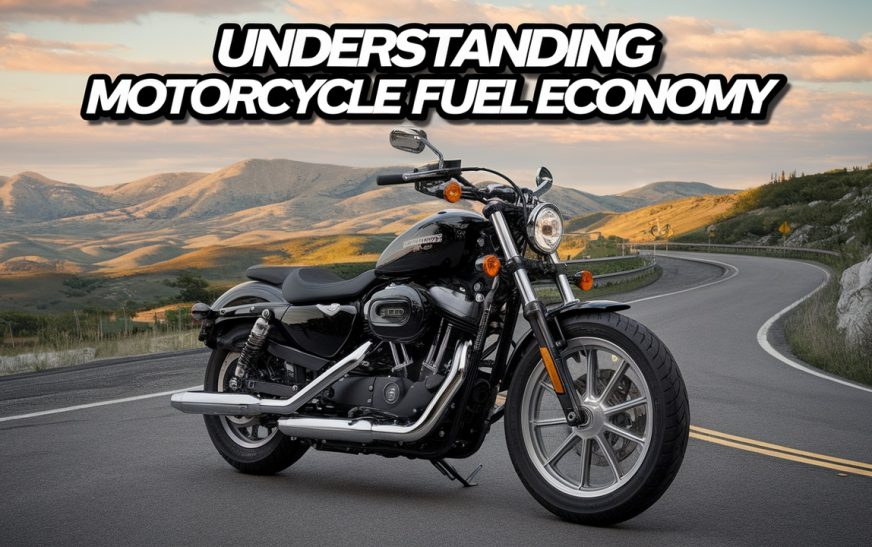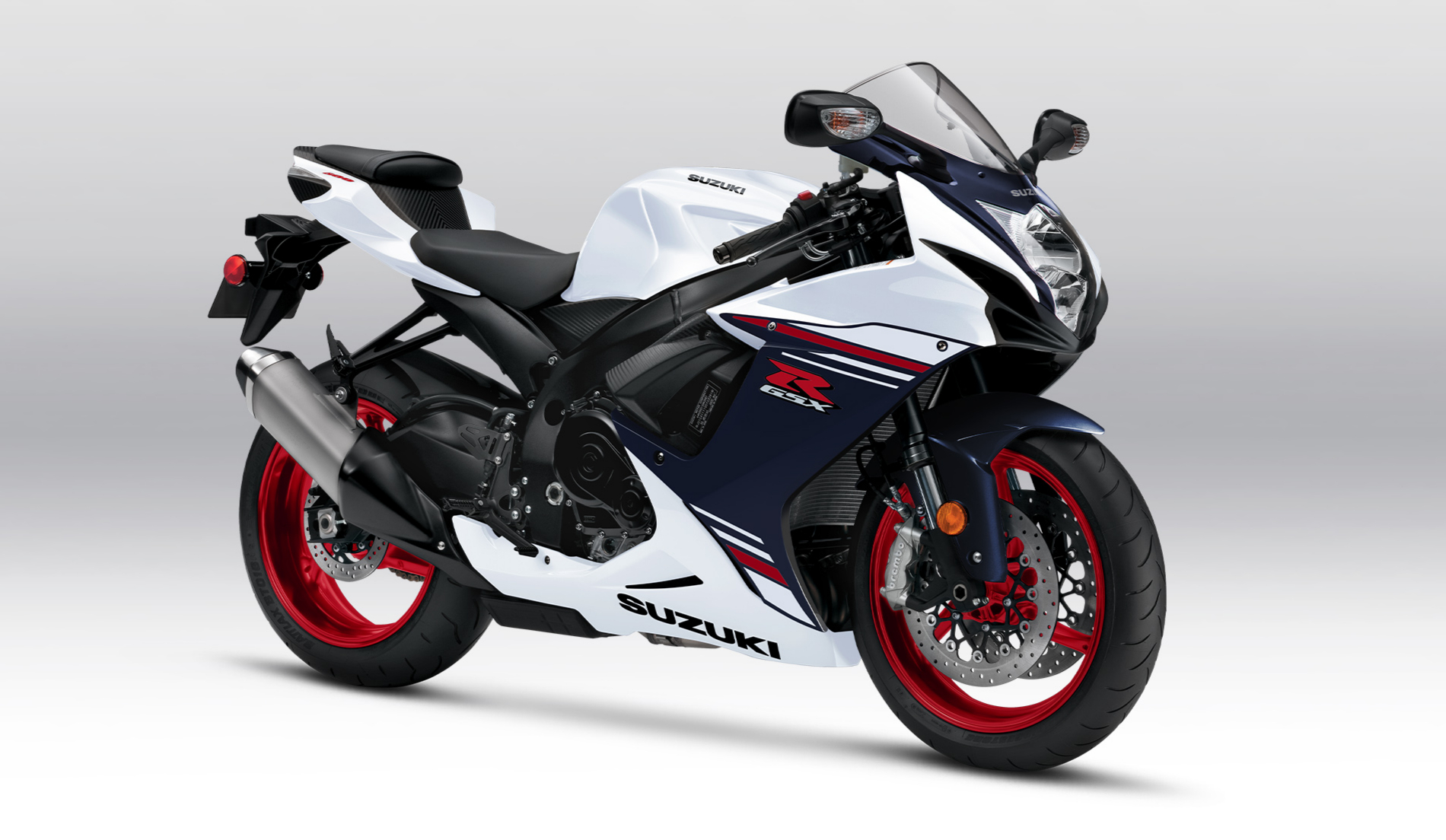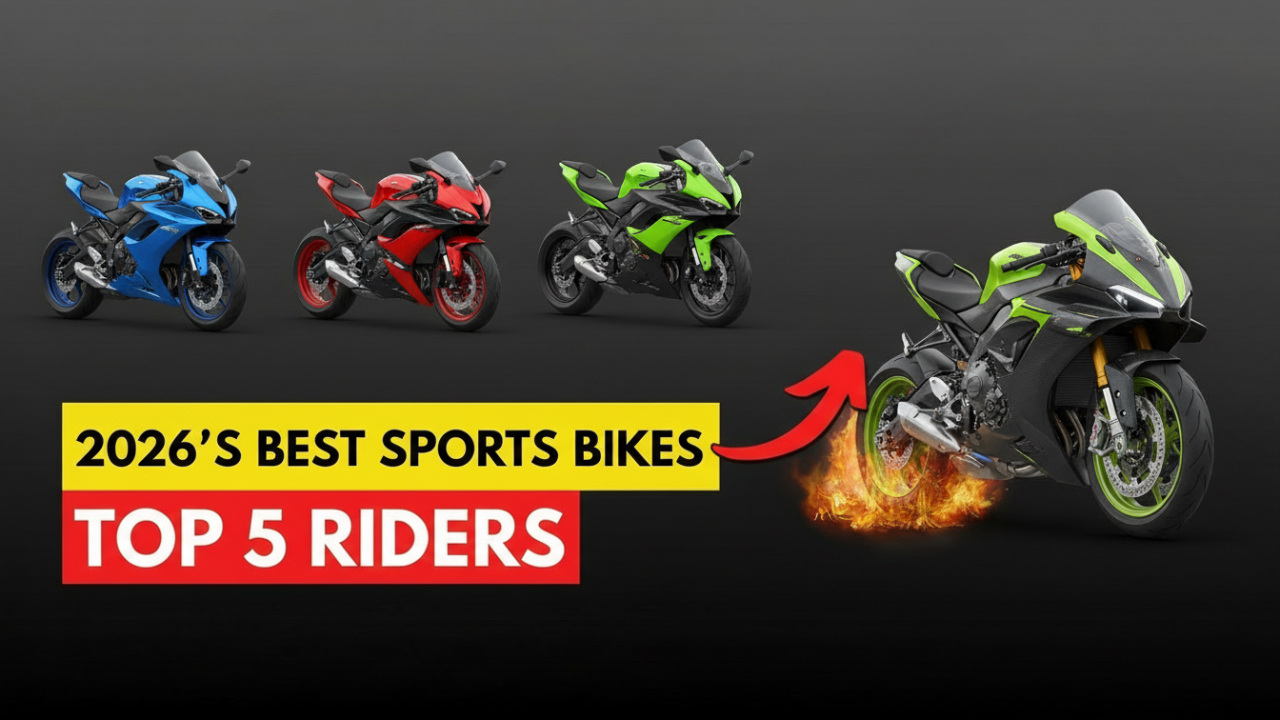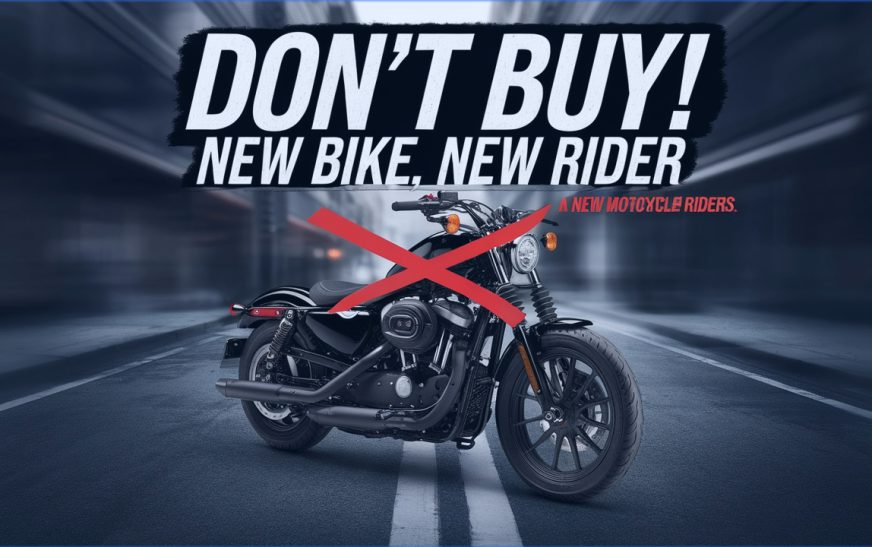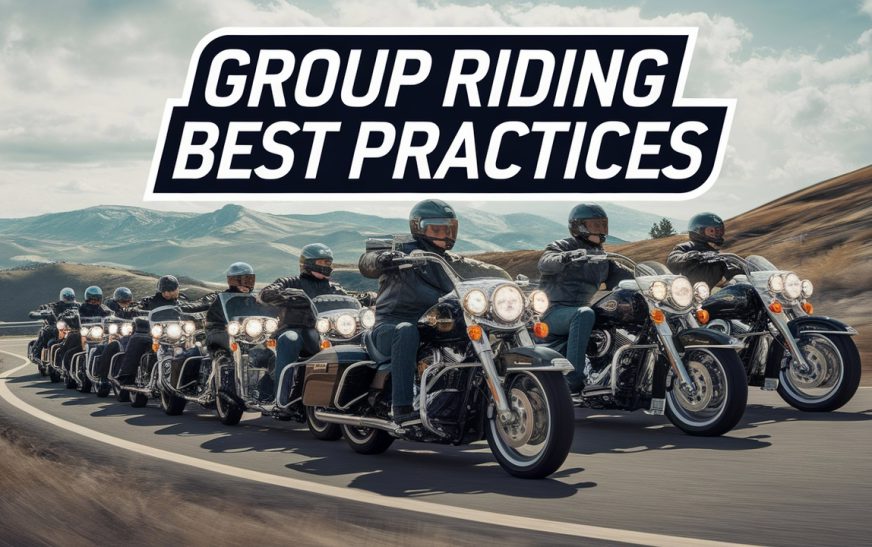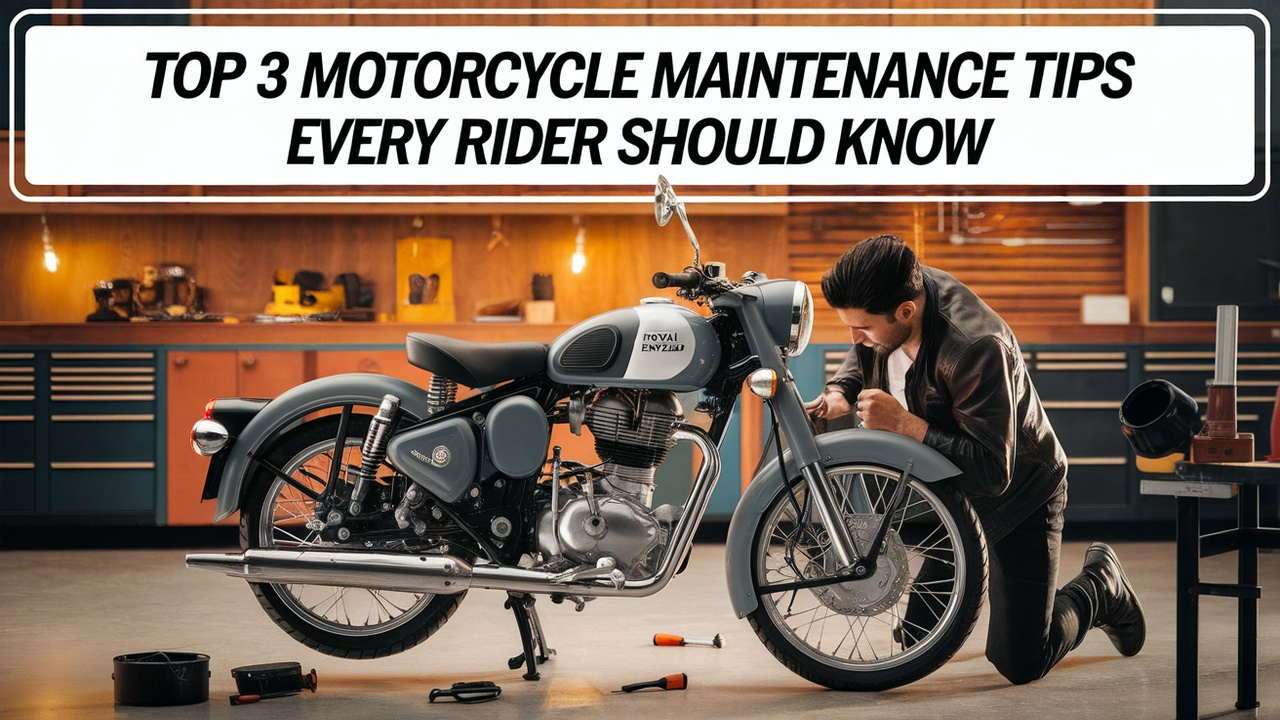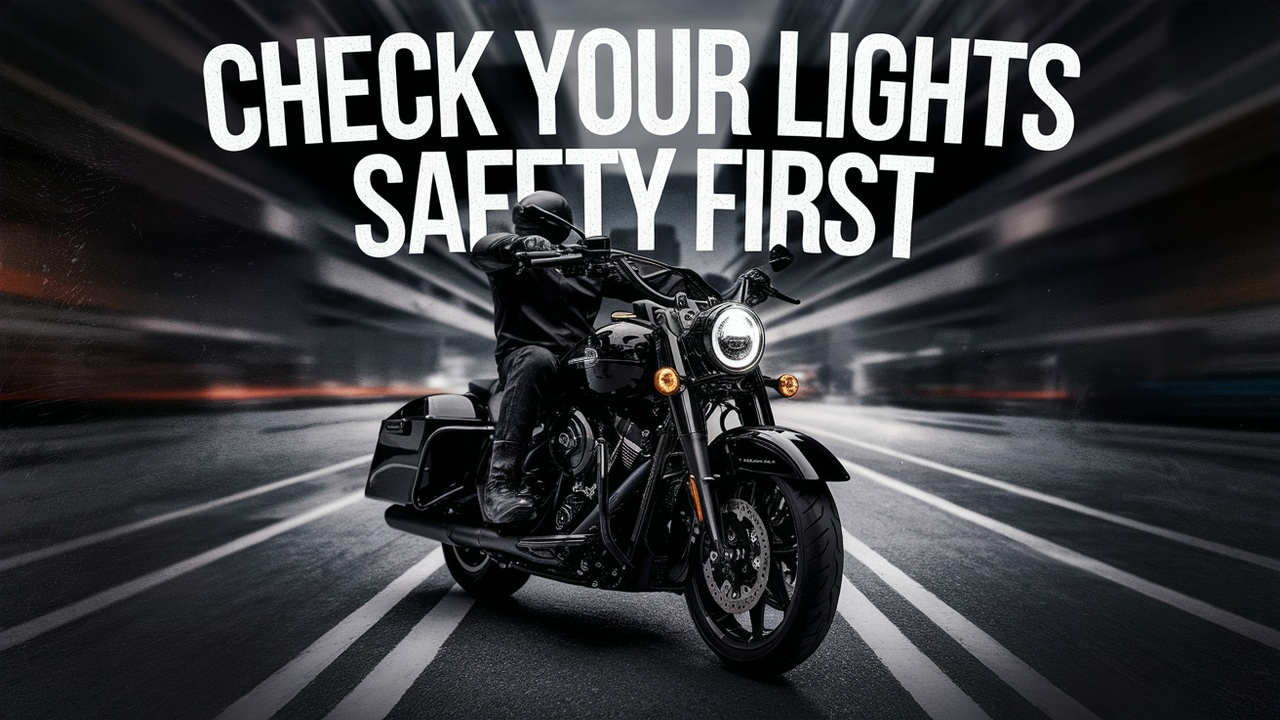How to Get the Most Miles Per Gallon
Motorcycles are often celebrated for their fuel efficiency, with many riders choosing them as an alternative to cars due to their impressive gas mileage. While it’s true that motorcycles generally consume less fuel than automobiles, how much you get out of each gallon can vary significantly depending on several factors, including the type of bike, your riding habits, and the maintenance of the motorcycle itself. If you’re a rider looking to maximize your miles per gallon (MPG), it’s important to understand the elements that influence fuel consumption and how you can make simple adjustments to get the most out of every tank.
In this blog, we’ll explore how motorcycle fuel economy works, the key factors that affect your MPG, and provide practical tips to help you stretch every drop of gas as far as possible. Whether you’re a daily commuter, long-distance tourer, or weekend rider, knowing how to improve your fuel economy can save you money, reduce environmental impact, and help you get the most out of your riding experience.
Understanding Motorcycle Fuel Economy
Before diving into the tips and strategies to improve fuel economy, it’s important to understand what affects fuel consumption in the first place. Unlike cars, which are typically rated based on a variety of factors including engine size, weight, and aerodynamics, motorcycles rely on similar principles, but there are nuances that make them more fuel-efficient in many cases.
Motorcycle fuel efficiency is typically measured in miles per gallon (MPG), and this can vary widely depending on the type of bike. For example, a small 250cc cruiser may achieve upwards of 70 MPG, while larger touring motorcycles with 1,000cc or greater engines may only reach 35-40 MPG. Sportbikes, with their high-performance engines, may hover around 40-50 MPG, and touring motorcycles or cruisers that prioritize comfort and luxury may have lower fuel efficiency ratings.
The key to getting the best fuel economy lies in a combination of understanding how fuel works in your motorcycle’s engine and making smart decisions that reduce unnecessary fuel consumption.
Factors That Affect Motorcycle Fuel Economy
Several factors influence how efficiently your motorcycle uses fuel, and understanding these can help you make informed decisions about how to optimize your riding.
1. Motorcycle Type and Engine Size
As mentioned earlier, the type and size of your motorcycle’s engine play a significant role in fuel efficiency. Generally, smaller engines tend to deliver better fuel economy because they require less power to move the bike. For instance, lightweight cruisers and sportbikes with smaller displacement engines (under 600cc) typically get better mileage than larger touring or cruiser bikes with engines of 1,000cc or more.
While larger motorcycles offer more power and comfort for long-distance travel, they often burn through more fuel to provide that extra performance. If fuel economy is your top priority, opting for a smaller engine bike may provide significant savings at the pump. However, there is a trade-off in performance and comfort, especially for long rides.
2. Riding Style
Your riding habits and the way you operate your bike can greatly impact fuel consumption. The more aggressive your riding style, the more fuel you’re likely to use. Rapid acceleration, excessive speed, and frequent hard braking can all contribute to less efficient fuel use. Motorcycles, like cars, consume more fuel during sudden acceleration because the engine requires more energy to increase speed quickly.
On the other hand, smooth, controlled riding with gradual acceleration and deceleration will help you conserve fuel. Aim for a steady, consistent pace, especially when cruising on highways, rather than speeding up and slowing down frequently. Riding in a higher gear at lower RPMs (revolutions per minute) is another way to maximize fuel efficiency.
3. Speed and RPM
The speed at which you ride can have a direct impact on fuel efficiency. Riding at a higher speed, especially on highways or open roads, leads to increased wind resistance, which causes your engine to work harder and burn more fuel. As a general rule of thumb, motorcycles tend to have the best fuel efficiency when riding at moderate, steady speeds between 40-60 mph.
Additionally, RPMs play a big role in fuel economy. High RPMs lead to greater fuel consumption because the engine is working harder to generate power. To improve fuel economy, try shifting to higher gears as soon as possible while keeping the engine within an optimal power range. This helps maintain a steady pace without overworking the engine, thus conserving fuel.
4. Weight and Cargo
The weight of both the rider and any added cargo will influence how much fuel your motorcycle consumes. Heavier riders or bikes carrying significant luggage or additional passengers will require more power to move, which means the engine will burn more fuel to maintain speed. If you plan on riding long distances with heavy gear, you might notice a drop in fuel economy.
To optimize fuel efficiency, try to keep the load on your motorcycle as light as possible. Use soft luggage when possible, as it tends to be lighter than hard cases. Be mindful of the weight you’re adding to your bike, as it can reduce efficiency, especially in stop-and-go traffic or during acceleration.
5. Tire Pressure
Under-inflated tires are one of the most common causes of poor fuel economy in motorcycles. When tires are not properly inflated, they create more rolling resistance, which makes the engine work harder to propel the bike forward. This can significantly reduce MPG.
Regularly check your tire pressure, especially before long rides, to ensure they are at the manufacturer-recommended levels. You can easily find the correct pressure in the owner’s manual or on a sticker near the swingarm or frame of your bike. Properly inflated tires not only improve fuel economy but also ensure better handling and overall safety.
6. Fuel Quality and Additives
The quality of the fuel you use can impact how efficiently your engine burns it. Lower-grade fuels may have impurities that can cause your engine to run less efficiently, leading to a drop in fuel economy. It’s always best to use the recommended fuel type for your motorcycle, which is typically found in the owner’s manual.
Additionally, certain fuel additives or octane boosters may improve engine performance or fuel efficiency, but be cautious about overusing them. Some additives can have adverse effects on your engine’s components if not used correctly. Stick to reputable brands and use them sparingly for optimal results.
Tips to Improve Motorcycle Fuel Economy
Now that we understand the various factors that influence fuel efficiency, let’s dive into some practical tips and techniques you can implement to improve your motorcycle’s MPG.
1. Ride Smoothly and Avoid Aggressive Acceleration
As previously mentioned, aggressive riding can decrease fuel efficiency. To maximize your fuel economy, focus on smooth, controlled riding. Accelerate gradually and try to anticipate traffic conditions ahead, so you can maintain a steady speed and avoid unnecessary stops. The less you have to accelerate from a stop, the less fuel you’ll burn.
2. Shift Early and Use Higher Gears
Shifting early to higher gears, when possible, helps keep your engine in a lower RPM range, which can improve fuel economy. This also helps avoid unnecessary engine stress, prolonging the life of your motorcycle and saving fuel in the long run. Keeping the RPMs lower while riding at steady speeds will allow the engine to burn fuel more efficiently.
3. Maintain Your Motorcycle Regularly
Regular maintenance is one of the easiest ways to improve fuel economy. This includes changing the oil at the recommended intervals, cleaning or replacing the air filter, and ensuring the spark plugs are in good condition. A clean, well-maintained engine runs more efficiently and consumes less fuel.
Don’t overlook small but important tasks like chain lubrication, which reduces friction and allows the bike to run more smoothly, further improving fuel efficiency.
4. Limit Extra Weight and Drag
The more weight you add to your bike, the more fuel it will consume. When carrying cargo, pack lightly and evenly to avoid stressing the engine. Additionally, keep in mind that extra drag—whether from bulky luggage, large windshields, or unnecessary accessories—can reduce fuel economy. If possible, try to keep your motorcycle as aerodynamic as possible to reduce wind resistance.
5. Use the Right Tires
Having the right tires for your bike and your riding style is crucial for optimal fuel efficiency. Tires that are designed for the specific type of riding you do will offer the best rolling resistance, which can help you conserve fuel. Touring tires are often more fuel-efficient than racing tires, which are designed for performance but can increase rolling resistance and reduce MPG.
6. Consider a Fuel Injection System
If you own an older motorcycle with a carburetor, upgrading to a fuel injection system can dramatically improve your fuel economy. Fuel injection systems are more efficient than carburetors because they provide a more precise fuel-to-air ratio, leading to better performance and fewer emissions. If you’re planning to upgrade or restore your bike, consider making the switch to fuel injection to see noticeable improvements in fuel economy.
7. Plan Your Routes Efficiently
Finally, planning your routes ahead of time can also help you optimize fuel consumption. Stick to highways or open roads where you can maintain a steady speed. Avoid areas with heavy traffic, frequent stoplights, or sharp turns, which can lead to higher fuel consumption due to frequent acceleration and braking.
Conclusion: Maximizing Fuel Economy for a Greener Ride
Motorcycle fuel economy depends on a wide variety of factors, from the type of bike you own to how you ride it. While large motorcycles may naturally consume more fuel, even small changes in riding habits and maintenance can result in noticeable improvements in fuel efficiency. By riding smoothly, maintaining your bike, reducing weight and drag, and making informed decisions about fuel quality, you can get the most out of every gallon of gas.
Not only will these tips help you save money at the pump, but they’ll also contribute to a greener, more sustainable approach to motorcycling. With a little attention to detail and the right habits, your bike can run more efficiently, giving you more miles per gallon and a greater sense of satisfaction with every ride.
Are you curious if the Yamaha R3 can outperform the R6? Please click here for further information.

